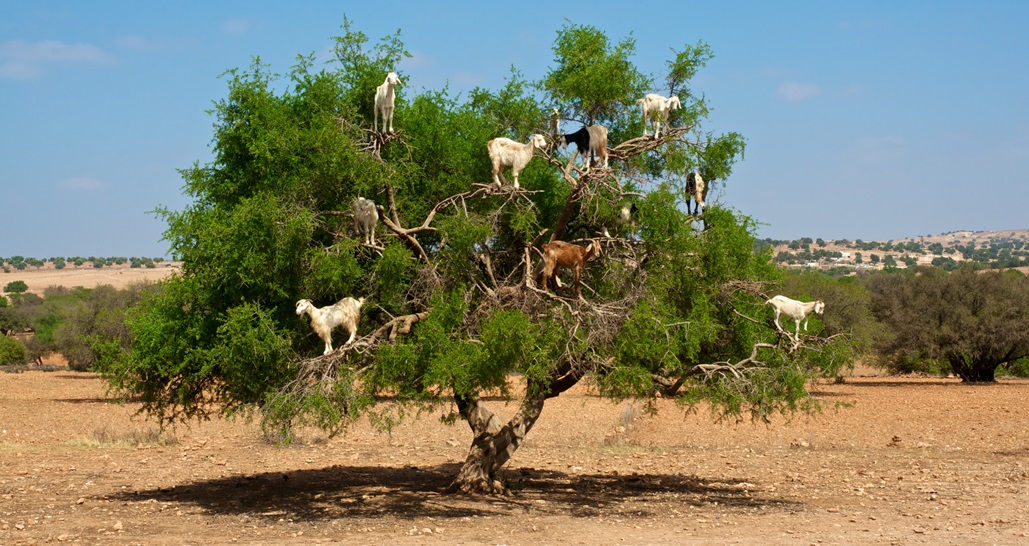The process of allowing trees to regenerate and nourish cropland without agrochemicals sounds simple, yet is as powerfully disruptive of an idea as the iPhone.
Farmer-managed natural regeneration is an agroforestry and agroecology technique in which native trees are carefully selected and left to grow on land often razed bare.
Leaves decompose and become fertilizer; roots fix nitrogen and build up soil structure and microbiology. Carbon is sequestered, soil retains moisture, and firewood — often scarce — is within easy reach through repeated pruning.
With the Sahel desert encroaching from the north and temperatures projected to rise, farmer-managed natural regeneration is one of the only innovations that can shield crops from extreme heat by providing partial shade. It is a very real form of resilience.
It’s hard to imagine a simpler, more appropriate technology to combat climate change, improve yields for millions of struggling farmers and make headway on the United Nations Sustainable Development Goals.
Farmer-managed natural regeneration is affordable — it requires no external inputs — and preserves local biodiversity that yields traditional foods and medicines.
But alliances are critical. Agroecology techniques, such as farmer-managed natural regeneration, bring together traditional forest conservationists, climate change funders, and indigenous peoples.
Photo of goats eating argan tree leaves in Morocco via Adobe Stock.
See full article by Daniel Moss in DEVEX, from which this was excerpted.

